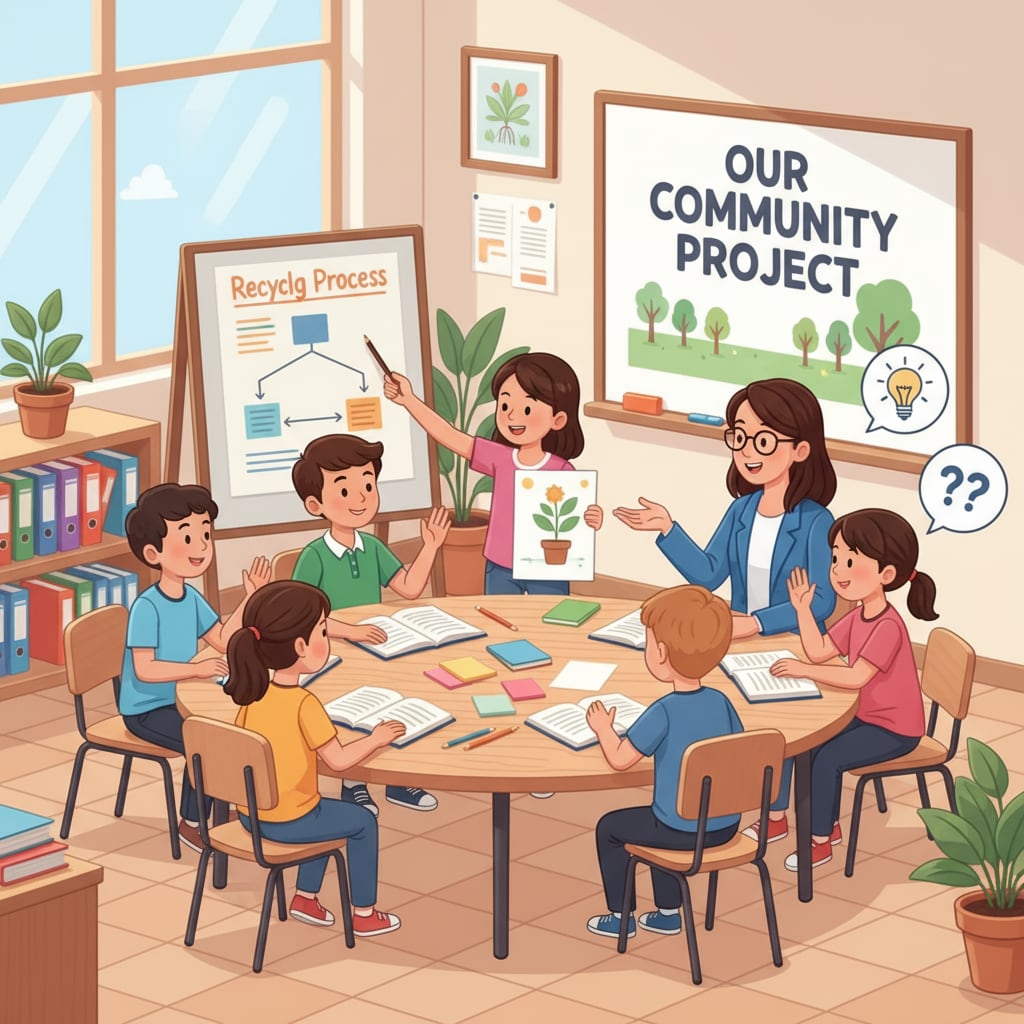School visits play a pivotal role in the educational choice process, especially when it comes to selecting a public school for your child. Making the right decision can significantly impact your child’s academic journey and overall development. In this guide, we’ll walk you through the essential steps and considerations for visiting public schools.

Preparing for the School Visit
Before heading out to visit a public school, it’s essential to do some groundwork. First, research the schools in your area. Look at their academic achievements, extracurricular offerings, and teaching philosophies. You can find this information on the school’s official website, local education boards, or even parent reviews. For example, GreatSchools.org provides valuable insights into schools across the country. Make a list of the schools you’re interested in and schedule your visits well in advance. This ensures that you have enough time to explore each school thoroughly and that the school can accommodate your visit.
What to Observe During the Visit
Once you’re at the school, there are several key aspects to observe. Start with the school environment. Notice the cleanliness, safety, and overall atmosphere. Is the building well-maintained? Are there proper safety measures in place? Next, observe the classrooms. Look at the teaching methods, student engagement, and the teacher-student ratio. Are the students actively participating in the lessons? How does the teacher interact with the students? You can also take a look at the extracurricular facilities, such as the library, sports fields, and art rooms. The National Education Association’s website offers more details on what makes a good school environment. These facilities can give you an idea of the school’s commitment to holistic development.

Another important aspect is to interact with the school staff. Talk to the principal, teachers, and even the administrative staff. Ask them about the school’s curriculum, teaching strategies, and how they support students with different learning needs. Their responses can provide valuable insights into the school’s educational approach. Additionally, try to speak to some students if possible. They can offer a unique perspective on what it’s like to study at the school.
Readability guidance: By following these steps and observing these aspects during your school visits, you’ll be better equipped to make an informed educational choice for your child. Remember, choosing the right public school is a significant decision that can shape your child’s future.


